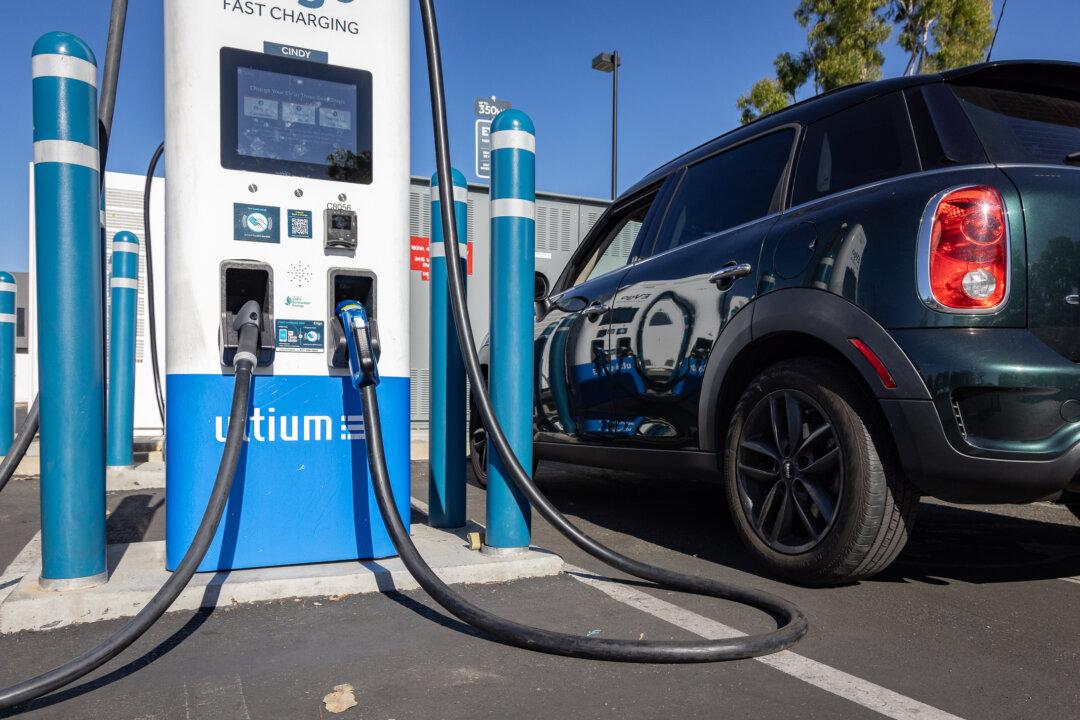The California Energy Commission approved a $1.9 billion plan Feb. 14 to bring more hydrogen refueling and electric vehicle charging stations to cities across the state.
The new stations will be able to refuel and recharge light, medium, and heavy-duty zero-emission vehicles, creating what the agency says will be the most extensive such network in the nation.





